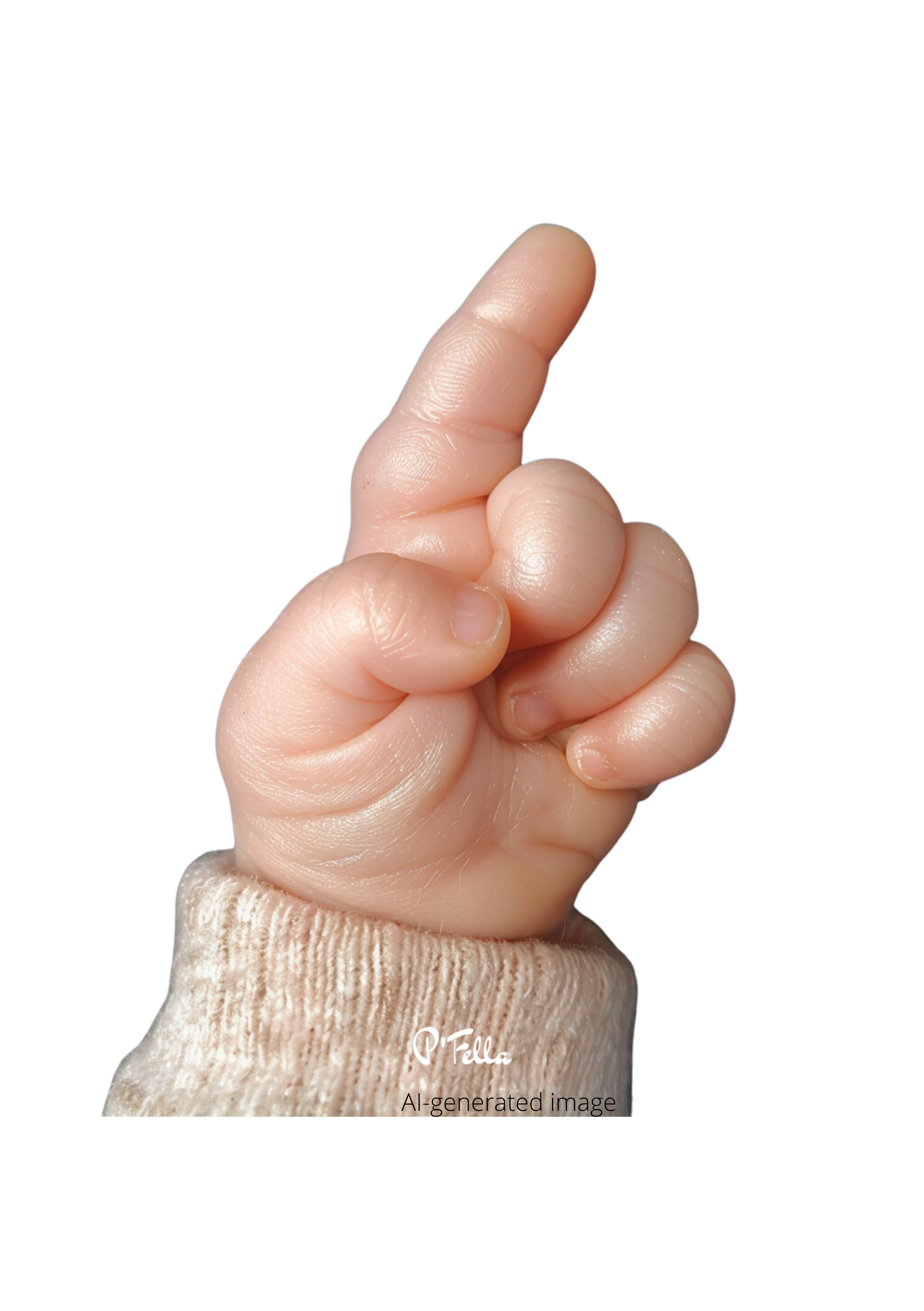
Clinical Scenario
A family present to the congenital hand clinic with their 3-year-old son who has isolated overgrowth of the right index finger. The child is otherwise fit and well.
Objectives:
1. Take a history from the patient and family.
2. Describe the aetiology of macrodactyly to parents.
3. Request appropriate investigations.
4. Describe a treatment algorithm.
5. Outline the role of medical treatments in macrodactyly.
Primary Contributor: Dr Suzanne Thomson, Educational Fellow.
Reviewer: Dr Kurt Lee Chircop, Educational Fellow.
This is for thePlasticsPro
Join the Club to enjoy unlimited access to all of thePlasticsFella.
Join the Club
Already have an account?
Sign in


